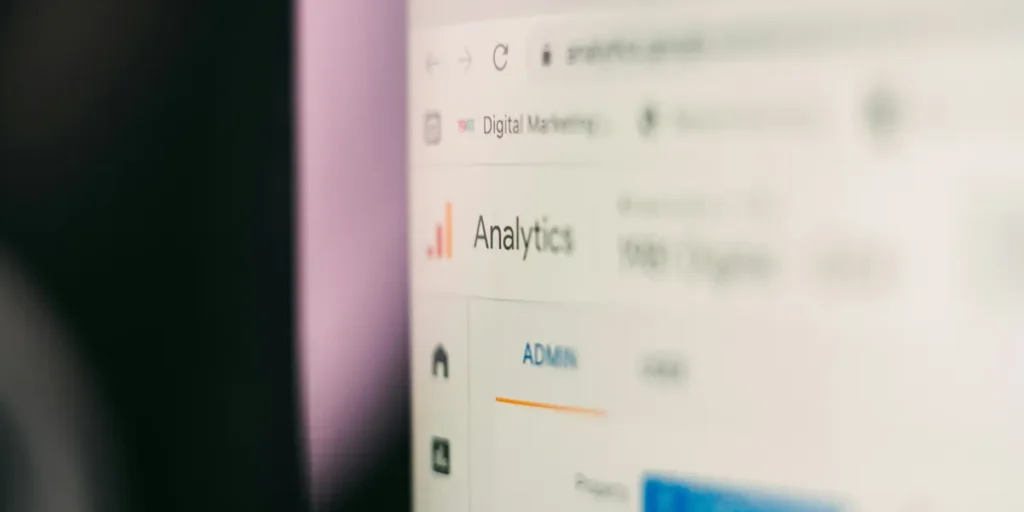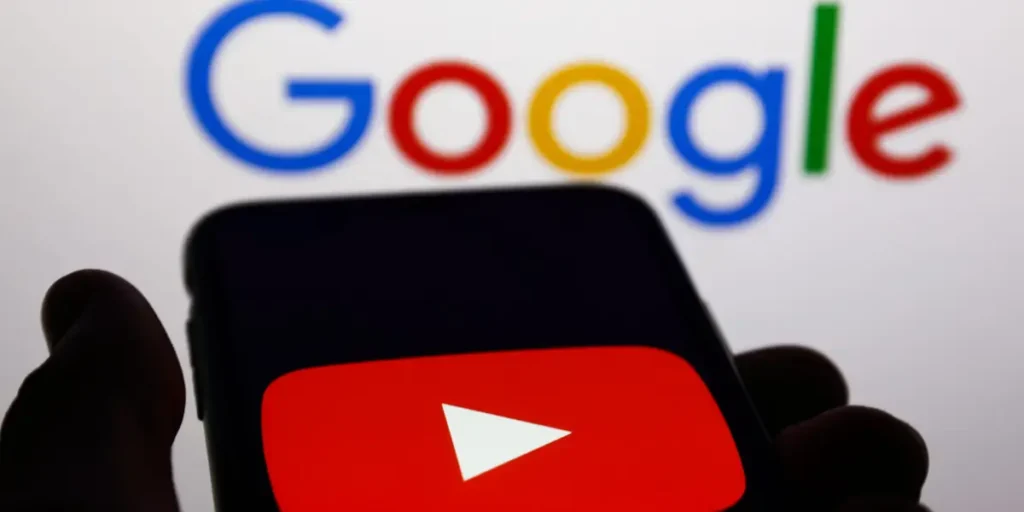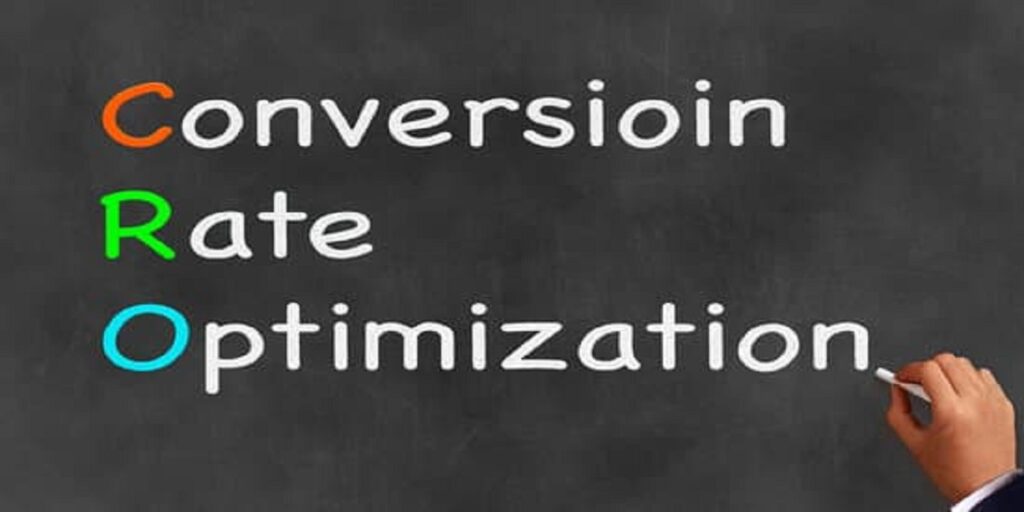Real-time campaign monitoring is an essential practice in today’s fast-paced marketing environment, enabling marketers to track, analyze, and optimize their campaigns as they unfold. Unlike traditional campaign reviews that rely on post-campaign data analysis, real-time monitoring allows immediate access to campaign performance metrics, helping brands react quickly to changes and maximize return on investment. With the ever-growing complexity of digital channels, real-time campaign monitoring is no longer a luxury but a necessity for marketers who want to stay ahead of the competition.
Benefits Of Real-Time Campaign Monitoring
The primary advantage of real-time campaign monitoring lies in its ability to provide instant feedback on how marketing efforts are performing. This immediate insight helps marketers identify trends, gauge audience reactions, and detect issues early on, preventing wasted budget and ineffective tactics. By continuously tracking key performance indicators (KPIs), brands can dynamically adjust messaging, targeting, and spend allocation to improve outcomes. Additionally, real-time data can foster greater collaboration between marketing teams and stakeholders by providing transparent, up-to-date information on campaign progress.
Key Metrics Tracked In Real-Time Campaign Monitoring
To make the most of instant campaign analytics , marketers focus on several critical metrics that reflect the health and impact of their campaigns. These include click-through rates (CTR), conversion rates, cost per acquisition (CPA), engagement levels, bounce rates, and overall ROI. Monitoring social media mentions, sentiment analysis, and website traffic patterns also provides valuable context for campaign performance. Having access to these metrics in real time ensures that marketers can make data-driven decisions promptly and avoid the pitfalls of delayed reporting.
Tools And Technologies Enabling Real-Time Campaign Monitoring
The rise of advanced analytics platforms and marketing automation tools has made instant campaign analytics accessible and efficient. Platforms such as Google Analytics, HubSpot, Adobe Analytics, and specialized social listening tools offer live dashboards and alerts that keep marketers informed throughout a campaign’s lifecycle. Artificial intelligence and machine learning technologies further enhance this by detecting anomalies, forecasting trends, and recommending optimizations. Choosing the right tools that integrate seamlessly with existing marketing stacks is crucial to harnessing the full power of instant campaign analytics .
Implementing Real-Time Campaign Monitoring In Strategy
Integrating instant campaign analytics into your overall marketing strategy requires careful planning and clear objectives. Start by defining what success looks like for each campaign and which KPIs are most relevant. Set up dashboards and alerts that prioritize these metrics, enabling your team to stay focused on the critical indicators. Training team members to interpret data quickly and take appropriate actions is also essential. Embedding real-time monitoring into the workflow transforms it from a passive reporting function into an active decision-making tool.
Challenges In Real-Time Campaign Monitoring

Despite its many advantages, real-time campaign monitoring comes with challenges. Data overload can overwhelm marketers if they are not selective about which metrics to monitor, potentially leading to confusion rather than clarity. Technical issues such as data latency, integration problems, or inaccuracies in tracking can undermine trust in real-time reports. Furthermore, the pressure to respond instantly may cause hasty decisions that do not consider broader strategic objectives. Overcoming these challenges requires a balanced approach, robust data validation, and a clear governance framework.
The Role Of Real-Time Campaign Monitoring In Customer Experience
Real-time campaign monitoring extends beyond tracking numbers—it plays a pivotal role in shaping customer experiences. By observing how audiences engage with content and respond to offers in real time, marketers can tailor communications to better meet customer needs and preferences. For example, if a campaign is underperforming in a particular segment, adjustments can be made immediately to improve relevance and engagement. This responsiveness helps build stronger connections, improves brand perception, and drives higher satisfaction levels.
Impact Of Real-Time Campaign Monitoring On Budget Management
Managing marketing budgets efficiently is critical, and instant campaign analytics provides the insights necessary for smart spending decisions. By continuously analyzing campaign costs against outcomes, marketers can reallocate funds toward the most effective channels and tactics. This dynamic budget management minimizes waste and ensures optimal use of resources. Real-time visibility into expenditure also helps prevent overspending and supports justification of marketing investments to stakeholders.
Future Trends In Real-Time Campaign Monitoring
The future of instant campaign analytics is shaped by emerging technologies and evolving marketing practices. Increased adoption of artificial intelligence will allow more sophisticated predictive analytics and automated optimizations. Integration with omnichannel data sources will provide a more holistic view of customer journeys, while advancements in mobile and IoT tracking will open new frontiers for real-time insights. Additionally, privacy regulations will necessitate ethical and transparent data handling, influencing how real-time monitoring is conducted.
Case Studies Demonstrating The Power Of Real-Time Campaign Monitoring
Numerous brands have leveraged real-time campaign monitoring to achieve remarkable results. For example, a global retailer used real-time analytics during a holiday campaign to identify underperforming ad creatives and swiftly replace them, resulting in a 20% increase in sales within days. Similarly, a B2B software company monitored engagement metrics in real time to tailor follow-up communications, boosting conversion rates by 15%. These examples illustrate how real-time insights empower marketers to be agile and responsive, driving success in competitive markets.
Best Practices For Maximizing Real-Time Campaign Monitoring
To get the most out of instant campaign analytics , marketers should follow several best practices. Prioritize key metrics that align with business goals to avoid distractions. Use automated alerts to highlight significant deviations or opportunities. Regularly review and refine dashboards to ensure clarity and relevance. Foster a culture of data literacy within teams so insights translate into effective actions. Finally, combine real-time data with historical context to make well-rounded decisions rather than knee-jerk reactions.
Conclusion
Real-time campaign monitoring is a transformative approach that offers marketers unparalleled visibility and control over their campaigns. By providing immediate access to performance data, it empowers agile decision-making, optimizes resource allocation, and enhances customer engagement. While challenges exist, adopting the right tools, strategies, and best practices can overcome them and unlock substantial business value. In an era where speed and relevance define success, instant campaign analytics is indispensable for marketers aiming to thrive in dynamic, data-driven landscapes.















